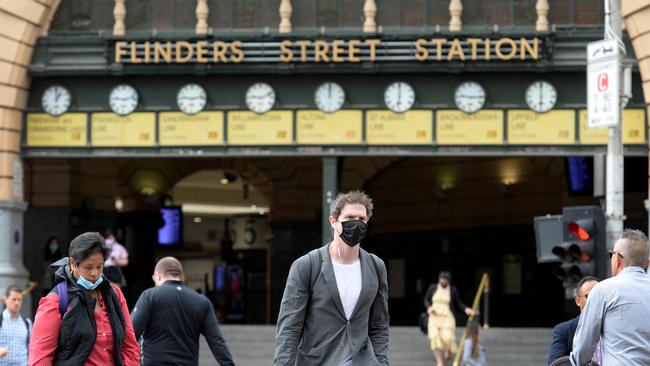Employment steady despite JobKeeper end: ANU
The end of JobKeeper has not derailed the labour market recovery, with jobs and hours worked remaining steady between January and April, study has found.

The end of JobKeeper has not derailed the labour market recovery, with jobs and hours worked remaining steady between January and April, a study has found.
The Australian National University survey of 3500 people, conducted regularly through the pandemic, found employment was steady at about 60 per cent of the population — further evidence of the resilience of the post-COVID economic expansion beyond the end of emergency income support.
ANU professor Matthew Gray said “the real story here is that there hasn’t been a dramatic decline in employment”.
“This is even more impressive, given our findings cover the period immediately following the cessation of the JobKeeper scheme and the JobSeeker supplement.”
Official and private-sector predictions that the end of wage subsidies could trigger up to 150,000 job losses appear far too pessimistic.
Instead of long lines outside Centrelink, about 100,000 Australians moved off the dole last month, according to Department of Social Services figures quoted by Treasurer Josh Frydenberg.
NAB economists estimate that a similar drop in unemployment in the month would push the jobless rate to 5 per cent — below the 5.1 per cent pre-pandemic.
The Reserve Bank’s statement on monetary policy on Friday concluded that “some job losses from the end of the JobKeeper program are anticipated, but these are expected to be more than offset by demand for labour elsewhere in the economy”.
The RBA’s “plausible” best-case scenario predicted unemployment could fall as low as 3.75 per cent by the middle of 2023, while its baseline estimates forecast 4.5 per cent by the end of next year.
There was also good news in the ANU survey around housing stress. Despite substantial property price rises recently, the survey found a lower level of mortgage and rental stress in April than in 2017: 46 per cent or respondents said they were “keeping up without any difficulty” with their obligations, compared to 39 per cent four years ago.
The proportion of Australians who said that it was “a constant struggle”, or who were falling behind with payments also fell over the same period: from 21 per cent in March 2017 to 18 per cent last month.




To join the conversation, please log in. Don't have an account? Register
Join the conversation, you are commenting as Logout